Hvor mange arbejdsdage er der på et år? (2024)
If you’re like me, you need to know how many business days there are in a year. Why? It’s simple! So I can plan my workload, holidays, and weekend getaways and have more predictability. Let’s dive into how many work days we have in 2024 and discover how we can plan around that!
I denne artikel lærer du:
- Why is 2024 a leap year, and how does this affect working days?
What’s the history of how many working days and hours we work?
How many work days do we have in 2024?
How do we plan our 2024 work schedule?
What are leap years?
You might have heard that 2024 is a leap year, which means that it has an extra work day. A leap year is a year that has one extra day added to it in order to keep the calendar year synchronized with the astronomical year. An astronomical year is essentially the time planet Earth needs to complete its orbit around the Sun.
As the Earth’s orbit around the Sun takes approximately 365.25 days, once every four years, we have one more day in February (the 29th) so that our calendar stays in sync with the four seasons.
Regularly, one year has 365 total days, out of which 260 are working days. Since 2024 is special, we’ll have 261 working days.

History: How many work days in a year
So, how did it all start, and why do we work 8 hours a day for 5 days a week? Note that 5 days per week, eight hours per day, is a standard, but not applied everywhere.
Let’s take a trip down memory lane in recent history:
We could go back to the Babylonian era, 4000 years ago, as there this is where working days and hours were first tied back to, but I’ll stick to the ’90s, as it’s well connected to the way we work nowadays.
Imagine it’s 1914.
Henry Ford had just created his first factory assembly line. The company’s productivity not only increased but skyrocketed! Car construction that took 12 and 1/2 work hours now takes 1 and 1/2 work hours. Ford decides to double the pay and reduce the labor day from 9 to 8 hours. Sometime later, he reduces the work week from six to five days.
Ford’s employees are thrilled, and the company thrives both in profitability and productivity. Not long after, the five working days a week became standard practice, and many other manufacturers followed Ford’s lead. This even became a law in 1939.
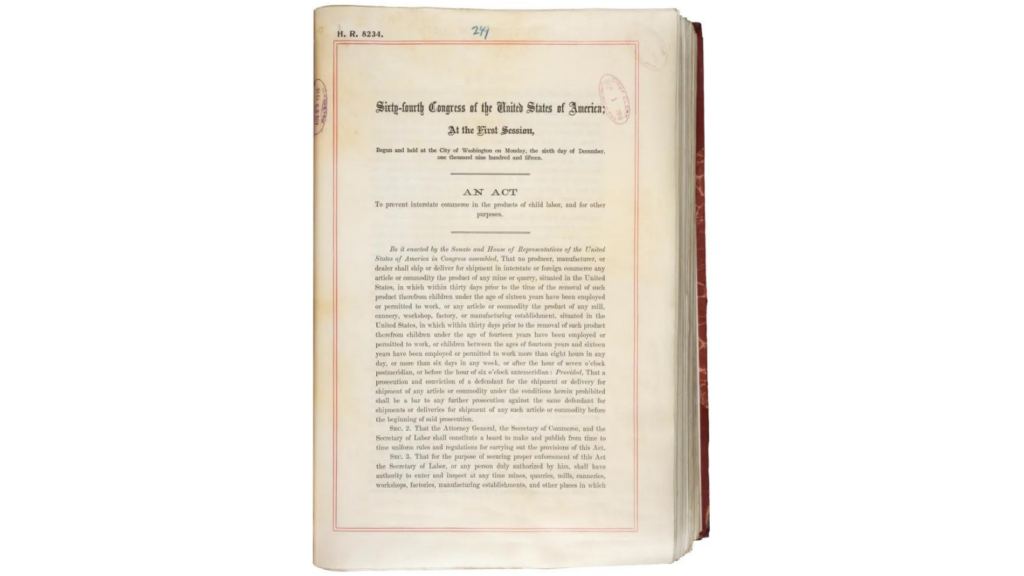
I need to mention that Ford’s move was not entirely altruistic.
Why? He believed that people who had enough leisure time would also spend money and enhance capitalism. If the average person followed a seven-day week only to work, they wouldn’t find the use for consumer goods, including Ford’s automobiles, as he said. So it made total sense to have fewer working days for capitalism’s sake.
Was Ford the initiator of the idea? You need to know that Ford was not the creator of the idea, but he adopted and helped with its implementation. It was labor activist Robert Owen who started the movement 100 years prior to Ford. Owen was saying that the average number of working hours per week (70 hours a week at that time) in factories was unsustainable and inhumane.
In 1886, Owen articulated the slogan of our current lifestyles: “Eight hours for labor, eight hours for rest, eight hours for what we will.”
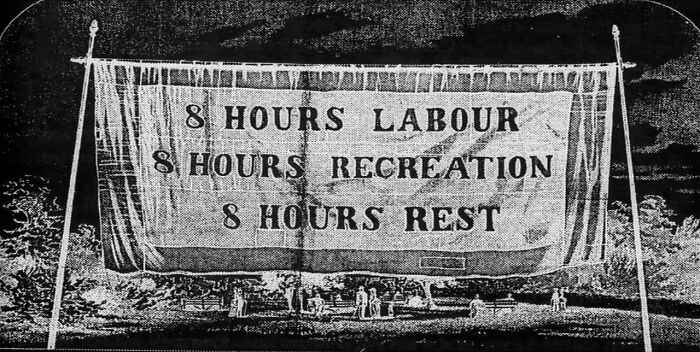
What does the contemporary workweek look like?
Thanks to Ford, this brings us to today’s standard: 5 days a week for 8 hours per day. However, the number of working days varies depending on the country of origin. Public holidays are different, too, and weekend days are not always off.
The labor market nowadays differs, is complex and less standard than 100 years ago. You’ll find that some European countries are starting to adopt a 4-days work week policy, while American ones are still falling behind on this trend. On the other side of the spectrum, Greece recently introduced a 6-day working week for certain industries.
Typically, the average working days in most countries is between 220 and 260 per year.

Make sure your time is well spent by managing it with time tracking apps.
The differences in work days in a year differ due to the flexible nature of our jobs. We can work part-time and not only full-time, but we’re also working as contractors with 3 or 4 days of work per week, we can have on-call hours, which is frequent for programmers, even after the regular work hours schedule is finalized.

How many working days there will be in 2024?
2024 is a leap year, which means that it contains one extra workday.
So, starting with the standard of 365 total days in a common year, 2024, as a leap year, will have 366. That means that the calendar year has 52 weeks, from which we’ll have to deduct weekends, federal holidays, and vacation days. Hence, we have this formula:
Total number of work days = Total number of days a year – weekends – federal holidays – vacation days
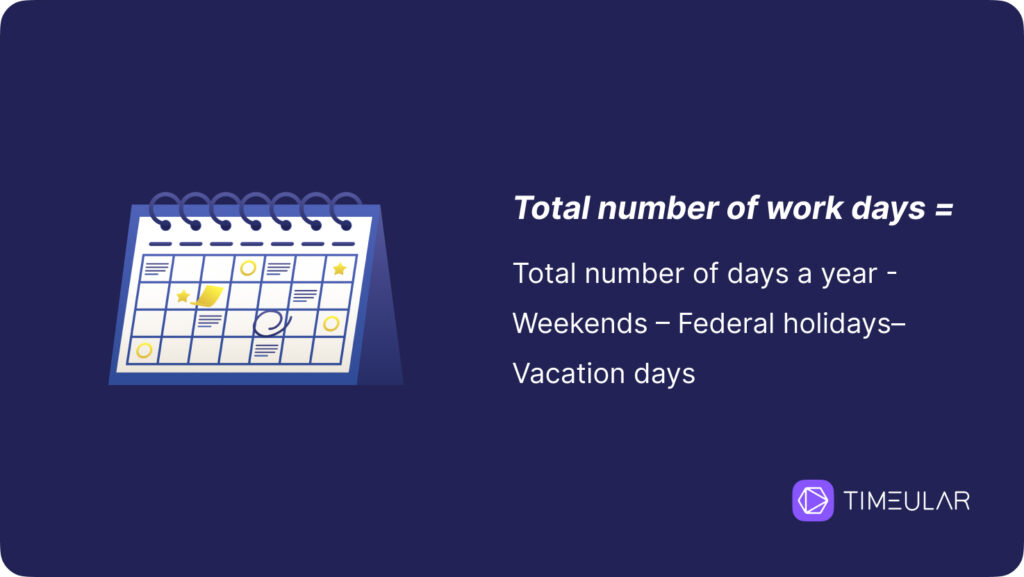
Number of weekend days in 2024
In 2024, there are 52 Saturdays and 52 Sundays, leaving us with 104 weekend days. By subtracting weekends (104 days) from the total days (366), we’re now left with 262 working days.
Number of federal holidays in 2024
Note that, generally, both public sector and federal employees have included in their leave tracking system all federal holidays as paid time off. However, this might not be the case for private employees too, as there is no regulation that requires a private employer to do so.
The US federal holidays are listed on the U.S. Office of Personnel Management Website, but here are the federal holidays for the record:
Nytårsdag - mandag den 1. januar,
Martin Luther King Jr. dag - mandag den 15. januar,
Præsidentens dag (eller Washingtons fødselsdag ) - mandag den 19. februar,
Memorial Day - mandag den 27. maj,
Den nationale uafhængighedsdag Juneteenth - onsdag den 19. juni,
Uafhængighedsdag - torsdag den 4. juli,
Labor Day - mandag den 2. september,
Columbus Day - mandag den 14. oktober,
Veterandag - mandag den 11. november,
Thanksgiving Day - torsdag den 28. november, og
Juledag - onsdag den 25. december.
For Washington, D.C. employees, you’ll receive one extra day off this year, as you’ll celebrate Inauguration Day on January 20th. Remember, you can celebrate this day once every four years.
After deducting the federal holidays (11), we’re now left with 251 working days in a year.
Number of holiday days
As the number of holidays in the US typically varies depending on the employer, an employee’s position, and the tenure length, I’ll make the calculations based on the generally accepted number, 11.
You might already be aware of this, but keep in mind the American culture of overwork and the current burnout crisis; the more you can reduce the number of work weeks and annual work hours, the better your work-life balance will be.
Getting back to paid days off, we’ll now deduct from the number of working days left (251) the additional holidays (11), and we’re left with 240 working days in 2024.
Keep in mind that your final number may differ based on how many public holidays you have, if your state has an additional federal holiday, or if your employer offers more holidays. If you’re accounting for all the other factors in your formula, you’ll find the exact number of working days.
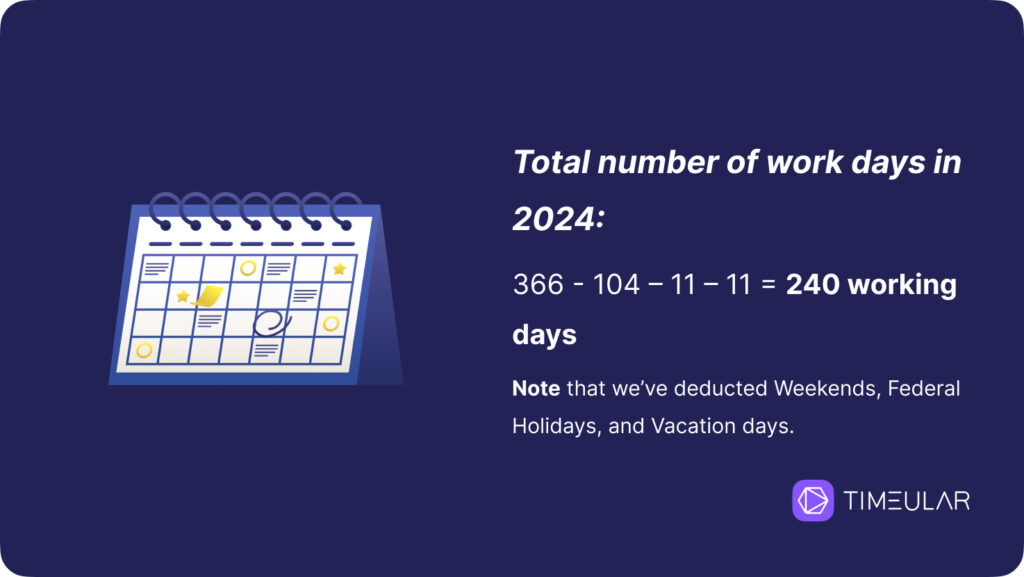
How many work hours there will be in 2024?
This calculation is based on the above-mentioned federal holidays and vacation days and with a standard 8 working hours a day.
Number of work hours in 2024 = Total number of work days in 2024 x 8 hours = 240 x 8 = 1,920
Therefore, your total number of work hours in 2024 will be 1,920.
If we subtract the 11 holiday days we assumed you’d have, the total number of work hours will be:
Number of work hours in 2024 = 251 x 8 = 2,008.
So, if you don’t have these vacation days in 2024, you’ll work 2,008 hours.

En automatisk tidsregistrering gør dig opmærksom på dine forbrugsvaner og hjælper dig med at udnytte din tid bedre.
Tips and tricks to plan your 2024 work schedule
It may seem like 240 work days is more than enough, but you need to take control of your time and plan your work goals in advance.
You need to have clarity on what annual income you want to reach, what projects make sense for your career if you’re pivoting towards a new role, or increasing that steady hourly rate.
This way, you’ll feel that there’s an evolution, and you’re taking control over your work day, not the other way around.
You might be interested in content about how to calculate work hours.
Sæt realistiske mål
Setting goals that are attainable and based on objective reality is one of essential work habits and the primal step toward success. Set achievable daily, weekly, and yearly goals. You can use the SMART method as the simplest one, and you can even set OKRs or KPIs to measure your success.
We’ve written more about how to set realistic goals in a comprehensive article, but here’s a simple framework:
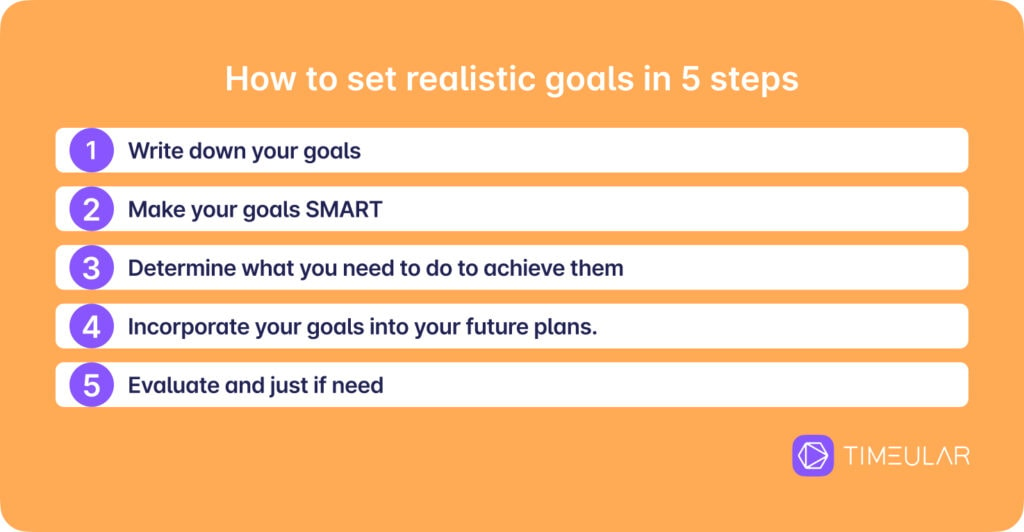
Plan
Now, break your tasks into smaller, manageable steps, and make sure your time allocation for goals is on point. Tackle large projects in smaller tasks so that you can have an equilibrated workload management during the year.
Keep in mind that you might fall into the planning fallacy, which makes you believe everything is possible. The same cognitive bias makes you underestimate the time, costs, and potential risks while overestimating the benefits. So, it’s best to allocate more time than you think is needed to complete tasks.
For your planning process, you can use some of the best digital planners, Kanban boards, or to-do lists.
In your planning process, these articles might be useful:
Make a time budget
Time budgets make you be efficient with your time and eases you into using your time intentionally and removing time wasters from your work schedule.
The best action you can take is to use time management techniques. I’ll just list some strategies as you can find comprehensive guides into each strategy on our blog, but here are some of the most effective:
All these techniques help you leverage time as a resource, increase your productivity, and really perceive time as a limited budget that ends at some point.
Carry a time audit from time to time
Get an objective overview of your time-spending habits and how you’re progressing toward your short-term and long-term goals as often as possible.
A time audit involves just keeping a detailed log of your work so you can identify patterns or areas for improvement.
Using a time-tracking app or a time journal can help. An automatic time tracker like Timeular is obviously an effortless choice.
Timeular is a reliable tool to stay informed on your employees’ work, overtime, or deficit hours and manage any type of time off.
Check what Timeular allows you to do:
- See who’s away and when,
- Approve or decline time off requests (employees can request time off, too),
- Export time off and get all balances either in CSV or Excel, and more.
Get to see in this video how the above features work in Timeular:
Konklusion
Your number of total work days in 2024 will be 240, provided that you’ll take 11 holiday days and the 11 federal holidays, too. For that scenario, the total number of work hours will be 1,920.
While the purpose of this article is not to get into this topic, I do have to probably warn you, as many others are already doing (without a factor of novelty), that there’s a plethora of content that confirms we’re entrenched in a culture of over-work, and in the midst of a burnout crisis. So, plan your work for 2024 with a healthy work-life balance in mind.